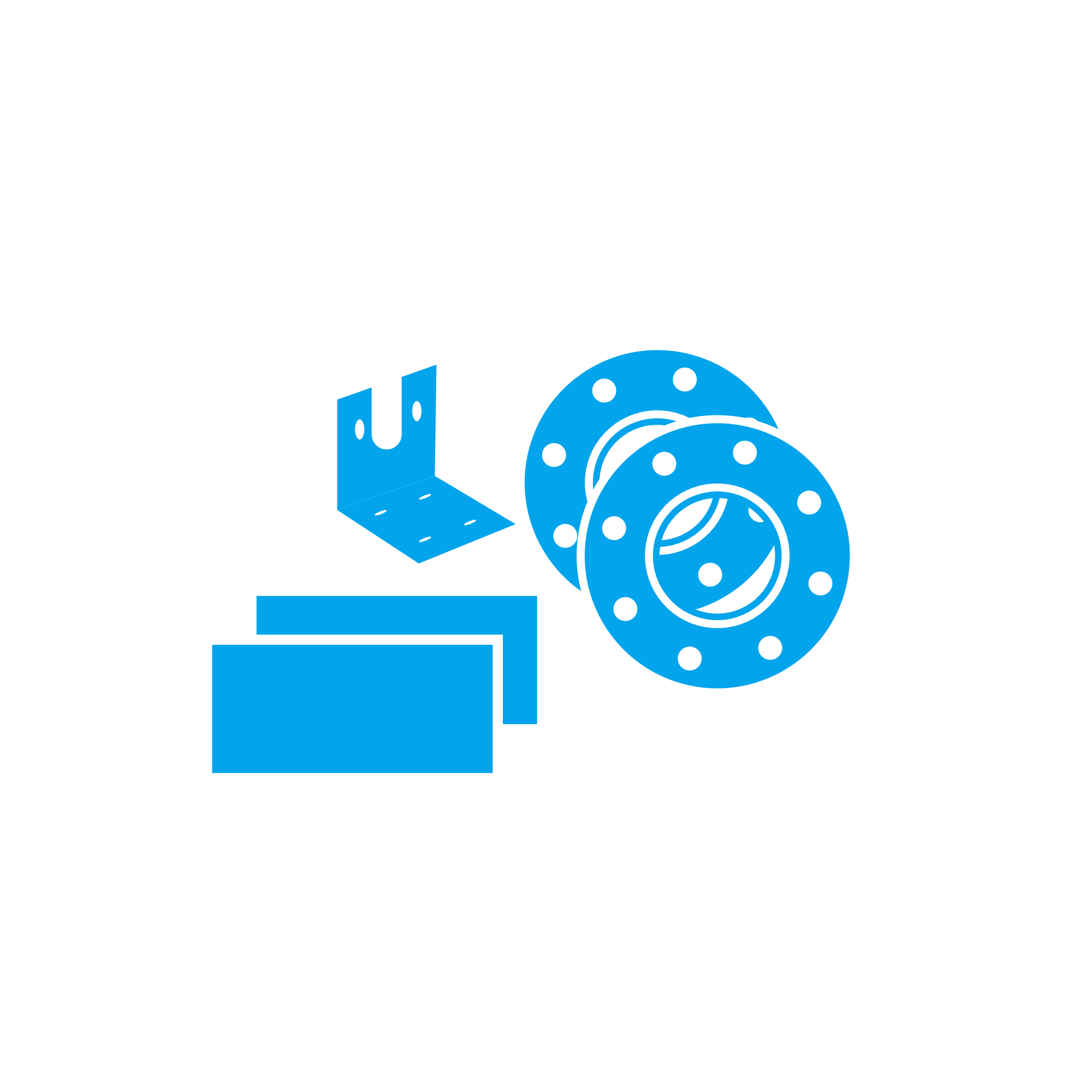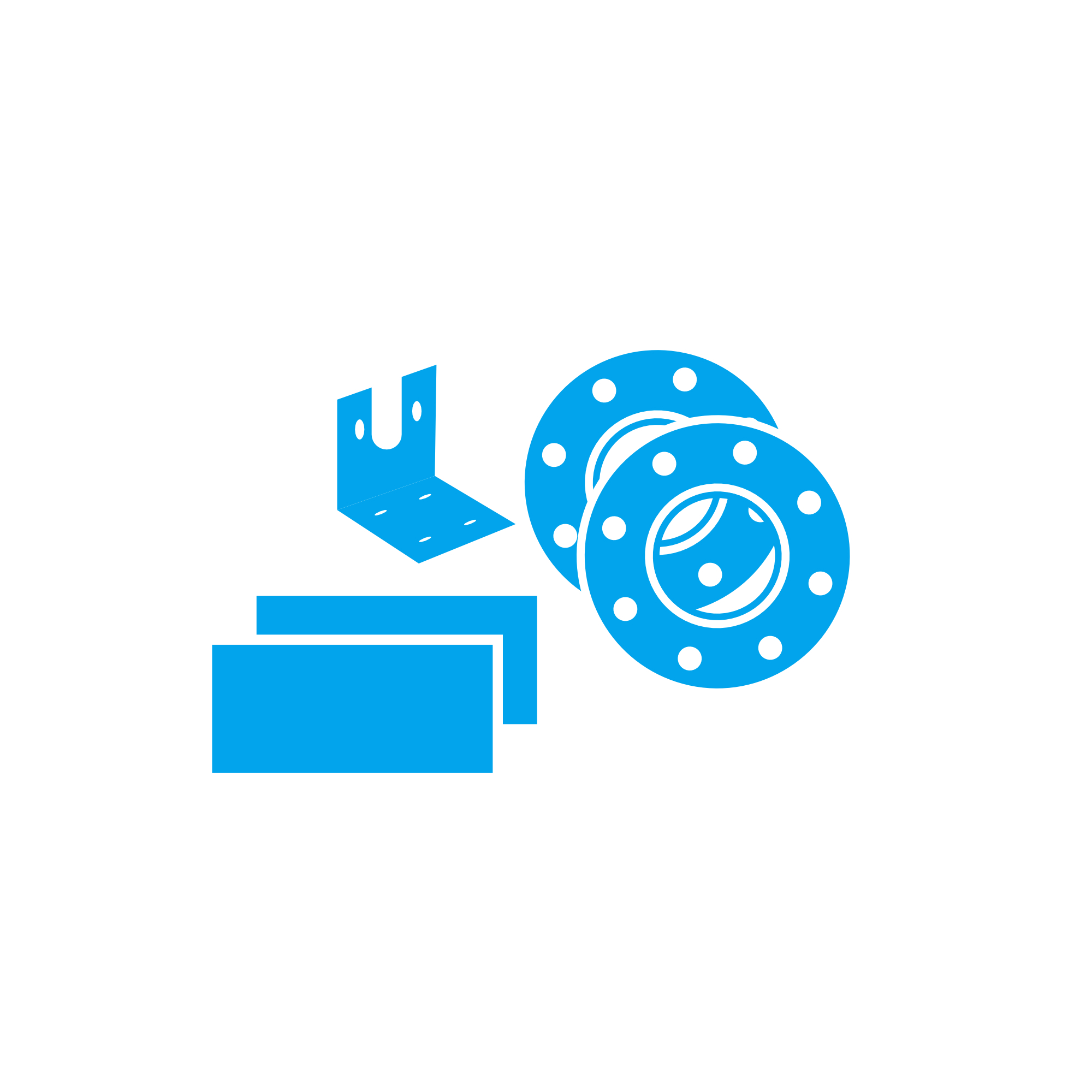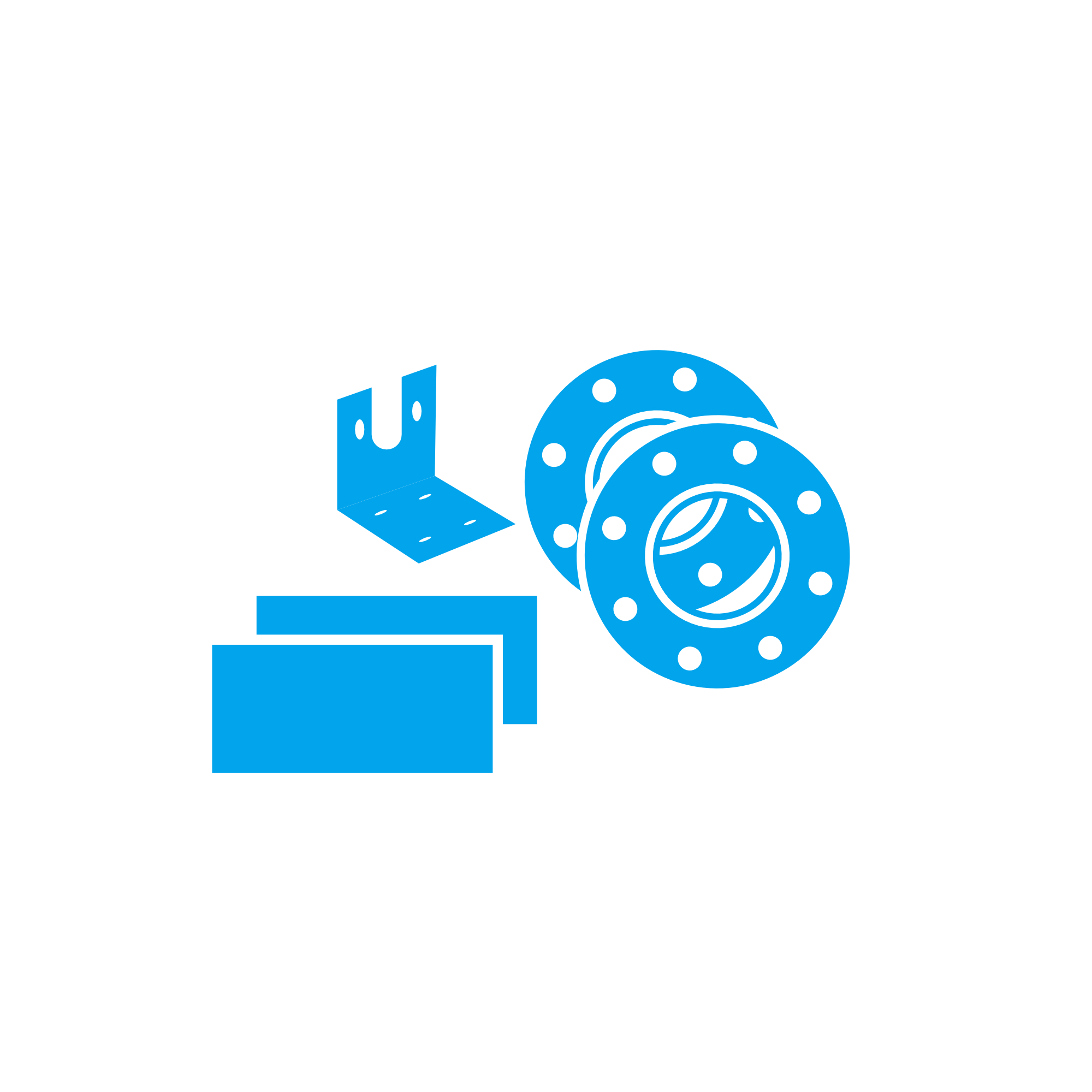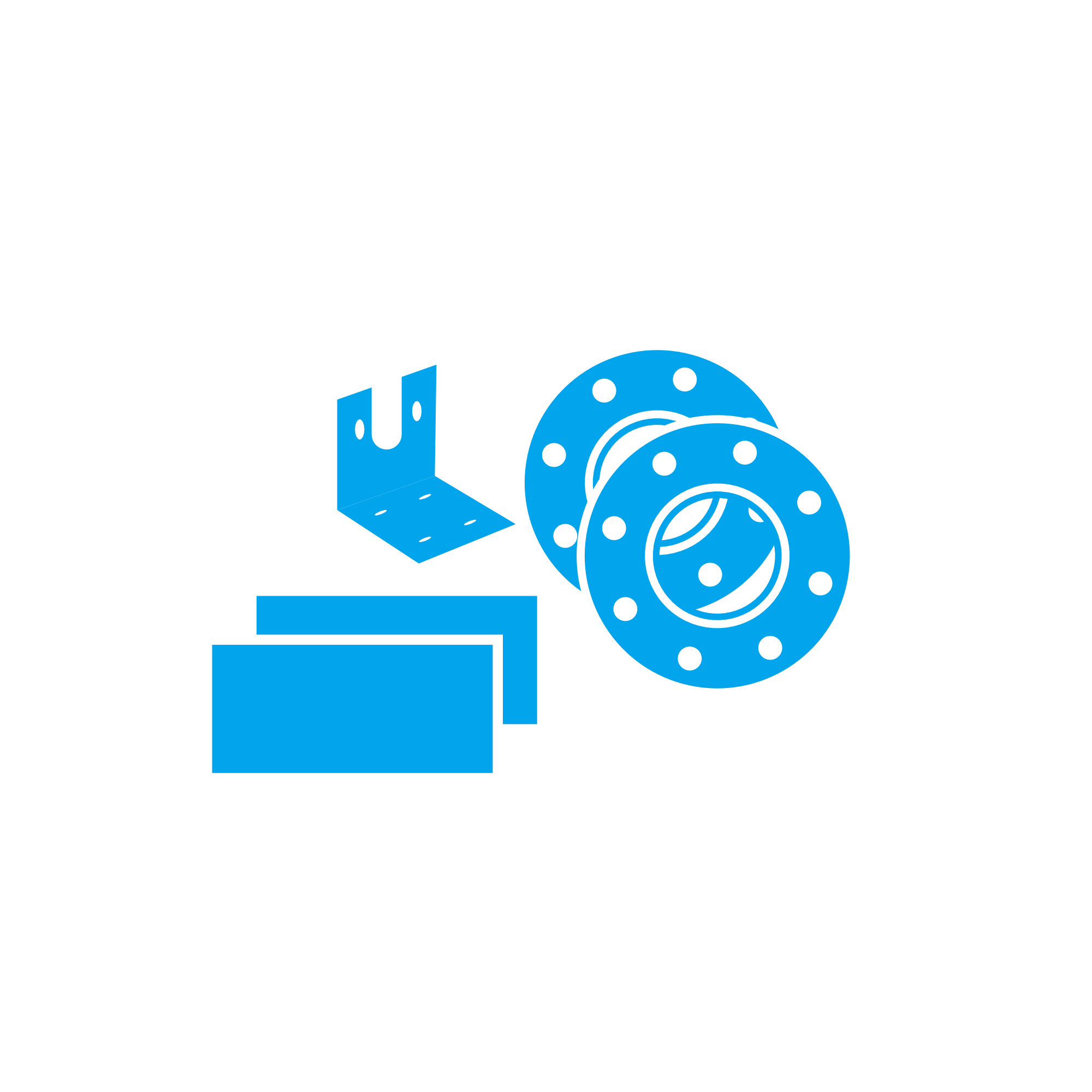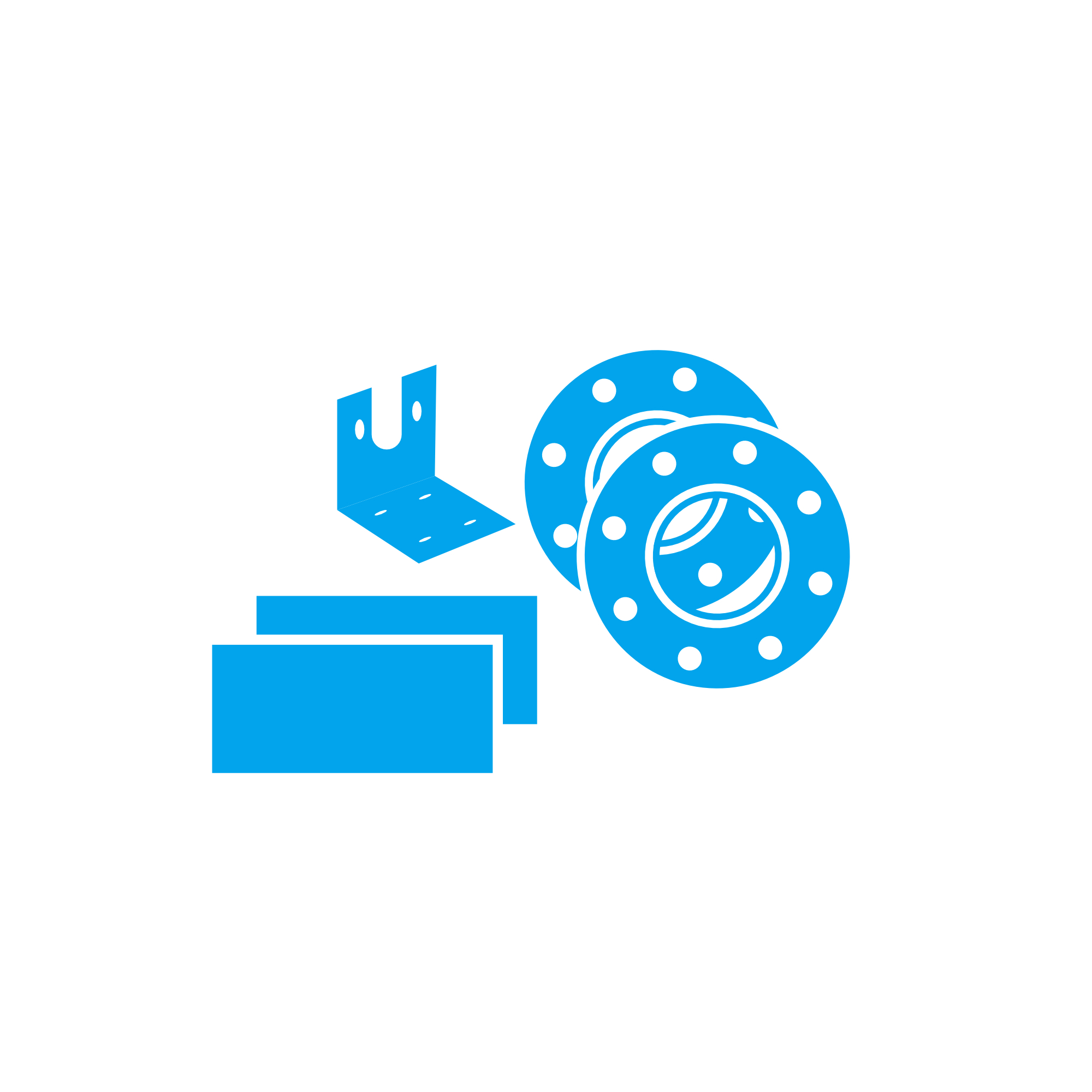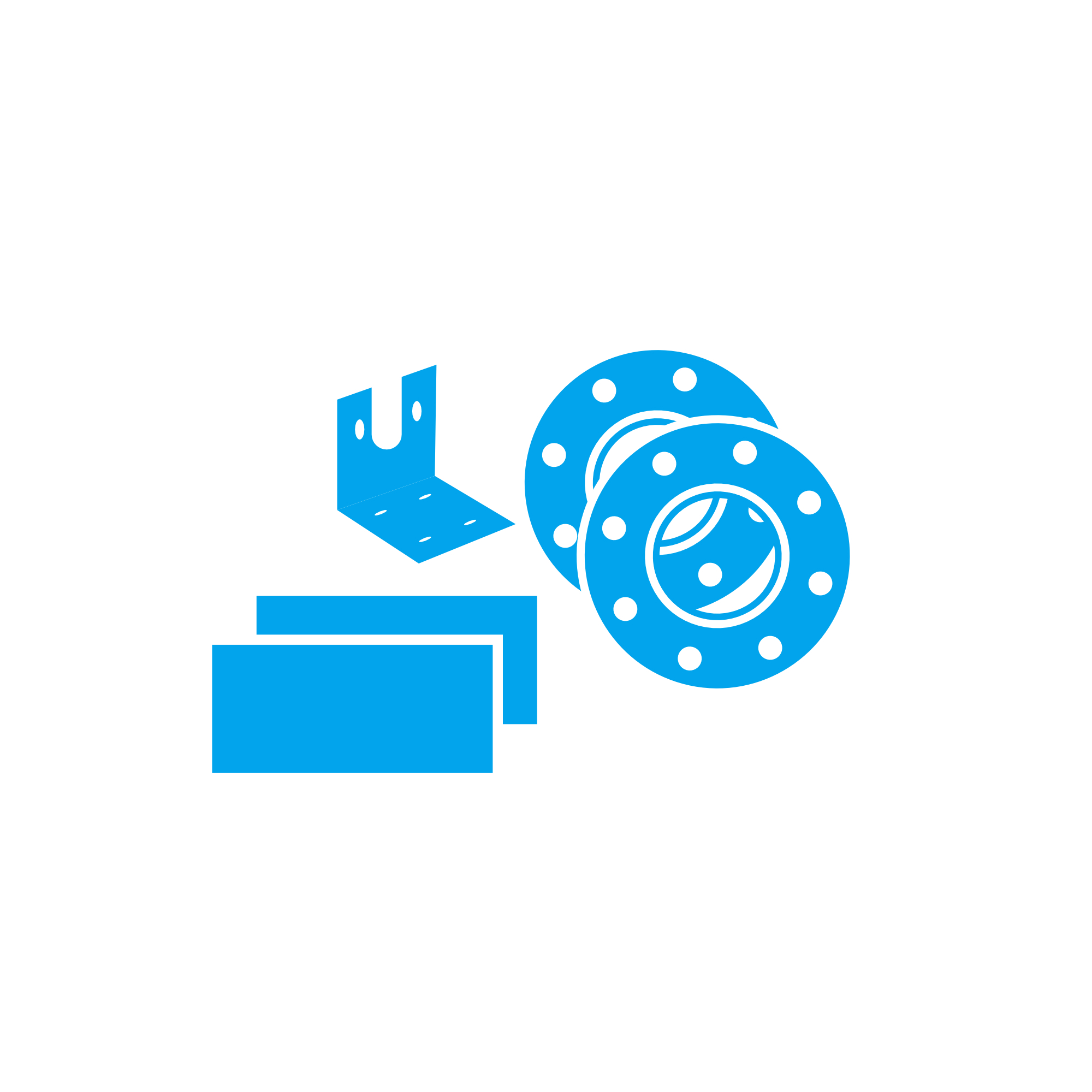PRESSURE FLANGE holders, plates and flanges for high‑duty engine systems
Holders, plates and flanges form a structural and sealing backbone across diesel and gas engines. This article category brings together precision brackets and mounts (holders), functional base and cover elements (plates), and pressure-rated connectors (flanges) that keep critical subsystems aligned, tight, and safe. In a marine engine or powerplant application, these components maintain mechanical stability, ensure leak‑free media transfer, and preserve performance under thermal cycling, vibration, and high loads. A correctly engineered PRESSURE FLANGE or mounting plate often makes the difference between reliable continuous operation and unplanned downtime.
Technical function of holders, plates and flanges with PRESSURE FLANGE performance
In an engine, holders keep pumps, alternators, filters, sensors, and pipework in precise alignment. Their geometry controls belt tracking, shaft angles, and vibration paths, preventing parasitic losses and premature bearing wear. Plates act as adapter interfaces, cover plates, and structural bases, providing flatness and stiffness for assemblies such as fuel conditioning modules or charge‑air coolers. Flanges—particularly the PRESSURE FLANGE types used in fuel oil, lube oil, coolant, charge air, and exhaust lines—deliver a pressure‑tight, serviceable connection that withstands pulsation and thermal expansion.
A PRESSURE FLANGE for a diesel engine typically follows ASME B16.5 or ISO 7005 dimensions with defined bolt circles, hub geometry, and sealing faces (RF, FF, RTJ). Correct bolt preload and tightening sequence translate to stable gasket compression, preventing micro‑leaks that otherwise reduce efficiency and elevate fire risk. Material selection—carbon steel, alloy steel, stainless, or duplex grades—must match media (fuel, seawater, exhaust gas), temperature, and corrosion exposure. Surface finish and flatness on plates and flange faces (e.g., Ra 3.2–6.3 μm for raised face) are critical to sealing performance. For marine engine service, a PRESSURE FLANGE may be paired with spiral‑wound or metal ring gaskets to accommodate vibration and thermal cycles while maintaining a robust pressure boundary.
- · Secure mounting and alignment under vibration and shock.
- · Leak‑tight connections across fuel, oil, water, air, and exhaust circuits.
- · PRESSURE FLANGE options per ASME/ISO standards and PN/Class ratings.
- · Corrosion‑resistant materials for seawater and humid atmospheres.
- · Optimized surface finish for consistent gasket seating.
- · Precision tolerances that protect bearings and couplings.
- · Thermal expansion accommodation to reduce stress.
- · Traceability and dimensional consistency for repeatable maintenance.
When specified correctly, holders, plates and flanges contribute directly to fuel efficiency and output. Tight coolant and charge‑air circuits stabilize temperatures and density, while secure exhaust flange joints protect turbocharger efficiency. A PRESSURE FLANGE in OEM parts quality helps uphold design clearances and sealing parameters, enabling the engine to maintain rated power across service intervals.
Importance for engine operation: PRESSURE FLANGE reliability in marine and diesel engines
These components are crucial to uptime and safety. Loosened holders cause misalignment, accelerated belt wear, and pump cavitation. Warped plates compromise flatness, leading to gasket creep and leakage. A degraded PRESSURE FLANGE can produce fuel or lube oil leaks, coolant losses, or exhaust gas escape—each with severe consequences: fire hazards, turbocharger fouling, environmental incidents, and forced power derating. In a marine engine, even slight leakage can trigger alarms and emergency procedures, delaying voyages and increasing costs.
Routine checks should include visual inspection for corrosion, pitting, and fretting, verification of bolt preload, and flatness measurements on plate and flange faces. After thermal cycling, retorque may be required according to engine maker instructions. Using compatible gasket materials and respecting fastener lubrication and torque‑angle specs are essential to preserve the designed clamp load on every PRESSURE FLANGE connection.
Advantages of OEM spare parts suitable for holders, plates and flanges
Choosing OEM spare parts suitable for holders, plates and flanges ensures dimensional fidelity, material properties, and surface finishes that align with the engine’s baseline design. This is especially important for each PRESSURE FLANGE in a diesel engine or marine engine, where the bolt‑hole pattern, hub thickness, and sealing face finish directly determine leak‑tightness and life.
With OEM spare parts you benefit from controlled metallurgy, verified heat treatment, and documented tolerances. Bolt‑hole concentricity, gasket seating width, and face flatness are consistent across batches, so maintenance teams can swap components without re‑engineering. The result is faster turnarounds, fewer reworks, and predictable torque‑tension outcomes—protecting budgets and extending service life.
- · Reliable fit-up without on-site machining.
- · Consistent sealing performance across service cycles.
- · Reduced downtime through drop‑in compatibility.
- · Material traceability for compliance and audits.
- · Lower total cost via fewer leaks and re‑torque events.
- · PRESSURE FLANGE OEM parts matched to media, pressure, and temperature.
MOPA as a partner for PRESSURE FLANGE OEM parts and engine fittings
MOPA supplies OEM spare parts suitable for holders, plates and flanges with a focus on speed, quality, and security in the trade of OEM parts for diesel and gas engines. Our team helps specify the correct PRESSURE FLANGE for marine engine pipelines—fuel, cooling water, and exhaust—cross‑referencing part numbers and standards to ensure precise fit and performance. We deliver short lead times, rigorous quality documentation (e.g., material certificates), careful preservation and packing, and worldwide logistics support for shipowners and power operators. With MOPA, purchasers gain a dependable channel for critical engine connection hardware that keeps assets online.
Applications of PRESSURE FLANGE components in diesel engine and marine engine systems
Typical scope includes lube oil manifolds, high‑temperature exhaust connections upstream/downstream of turbochargers, charge‑air coolers, jacket water coolers, fuel conditioning skids, and seawater pumps. Whether replacing a single PRESSURE FLANGE or a set of holders, plates and flanges during an overhaul, MOPA coordinates supply so crews can complete work within dry‑dock or port call windows.
Conclusion: PRESSURE FLANGE holders, plates and flanges keep engines tight and aligned
Holders, plates and flanges—especially each PRESSURE FLANGE in pressurized circuits—are foundational to engine efficiency, safety, and longevity. Selecting OEM spare parts suitable for this category secures fit, sealing, and durability, reducing risk and total lifecycle cost. MOPA provides the expertise and responsiveness needed to source the right components for demanding diesel and gas engine operations.


